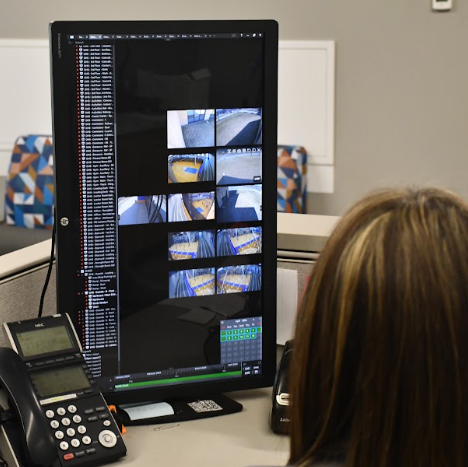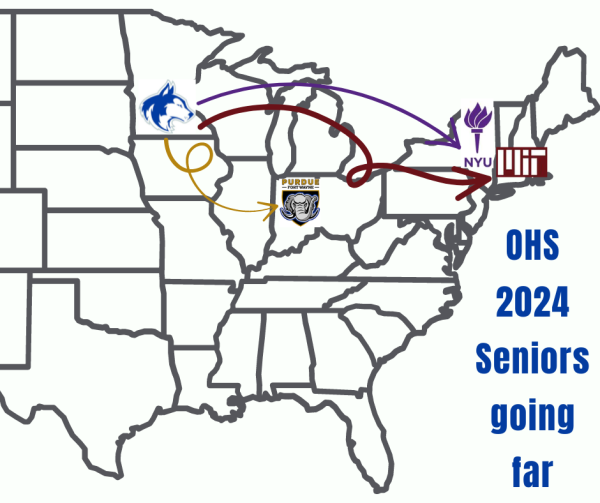The right path?
The difference between PSEO, concurrent, and AP classes.
With the 2014 school year nearing its end, the student body at the Owatonna High School is beginning to think of what classes to take next year. Incoming freshmen will hear phrases such as, “PSEO classes at Riverland,” or, “It’s time to start thinking about what AP classes you are going to take”. But what do these really mean? What is the difference between AP and concurrent classes? Why do people leave the school for PSEO? All of these are beneficial to a student’s life before college, but it’s important to know which course is right for your high school career.
“There are probably about 90 to 100 kids enrolled in PSEO,” said OHS counselor Mrs. Tami Langlois. Mrs. Langlois oversees all things PSEO at the high school. For those who do not know, PSEO stands for Postsecondary Enrollment Options. Students involved in PSEO can enlist at Riverland part time or at Mankato State as a full time student. “The biggest difference between PSEO and AP courses is the GPA weighting system. If you take an AP course and if you earn an A, you would get 4.4 points toward your GPA versus 4.0 points if you get an A in a PSEO class,” said Mrs. Langlois. “Taking AP courses actually helps your GPA more.”
The real difference between AP and PSEO are the college credits. If a student takes PSEO, and if the credits can transfer to their college of choice, the courses they took at PSEO count as college years. So, if a student takes PSEO for two years, those two years are essentially paid for.
Here at the high school, the other type of course is a concurrent course. “With concurrent classes, you are able to earn college credits through Mankato and Southwest or the U of M without having to take the AP test in May. AP classes are more advanced, but you often times have to take the test in May,” said Mrs. Langlois. Sometimes concurrent classes are labeled with an AP title, but the student does not have to take the AP test in May to get college classes. There are three concurrent classes in the English department, four in the math department, two in social studies, four in the foreign languages, and one in the FACS department.
“I think it really depends on the individual,” said Mrs. Langlois when asked which is the most beneficial for a student entering college. “If the student is wanting to boost their GPA, taking AP classes is going to really be the most beneficial to them. PSEO classes sometimes help kids who want to be in the college setting as a junior or senior.”
If anyone has any questions about the right path for them, they should visit their counselor in the office by scheduling an appointment in the career center.

Katherine Speiker is a senior at Owatonna High School. She loves to keep busy and make life interesting by being involved in several school activities...





